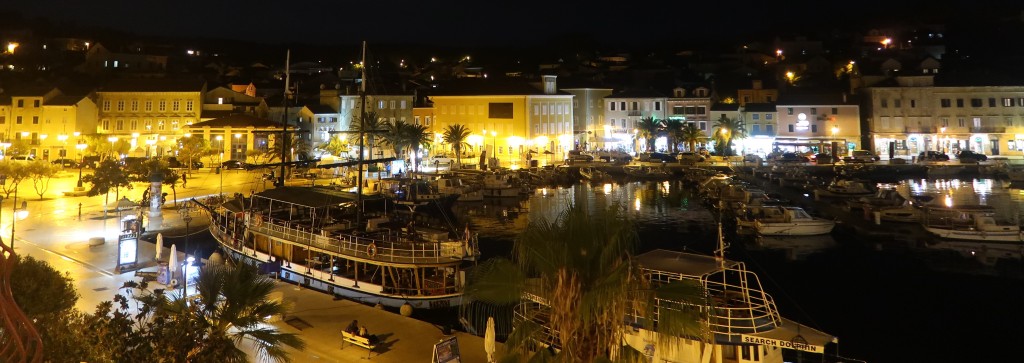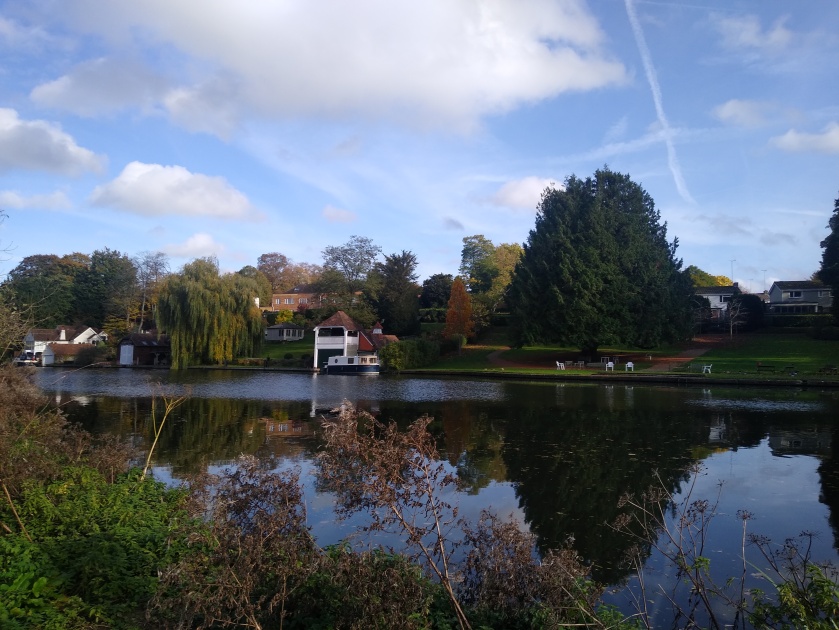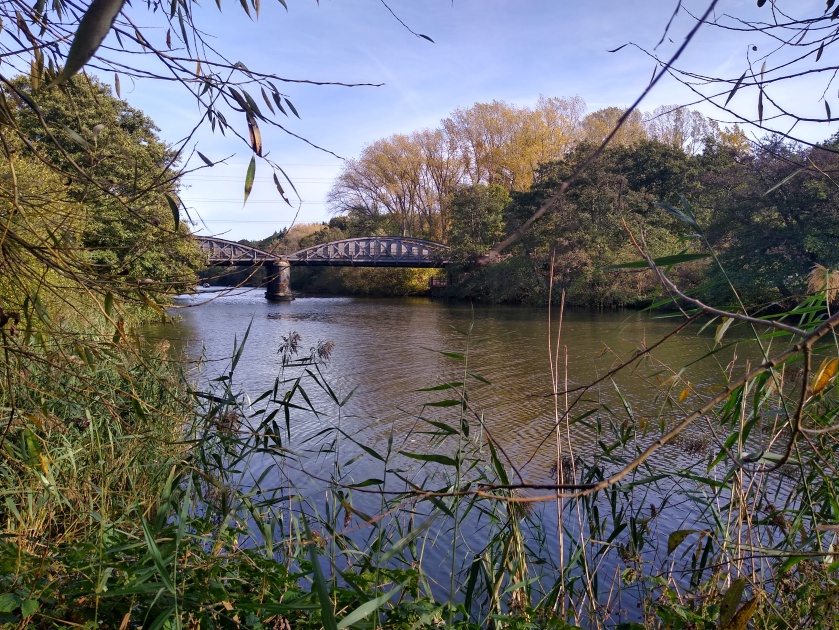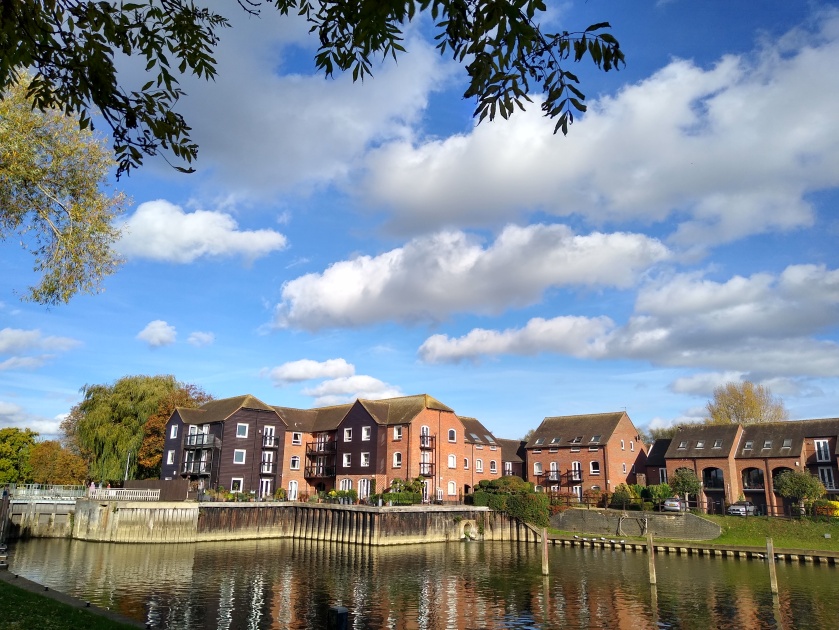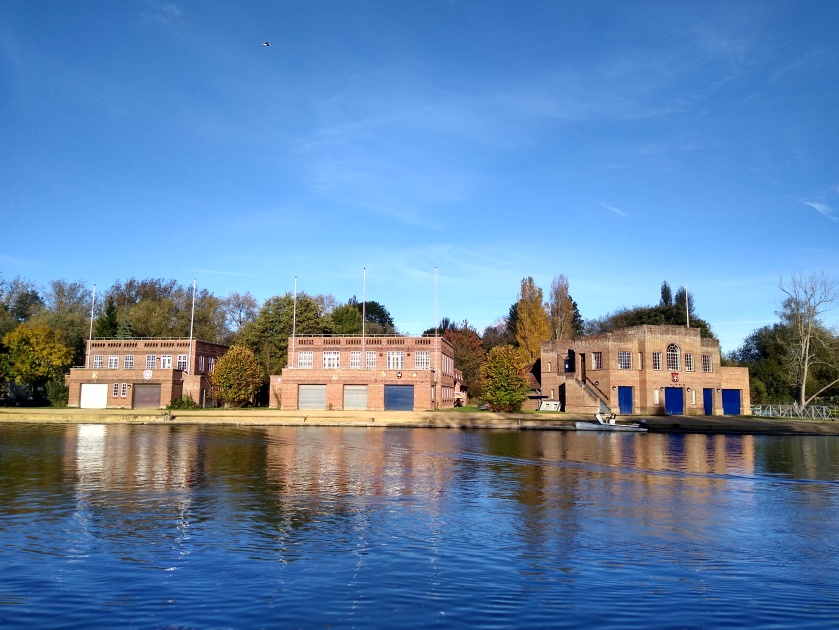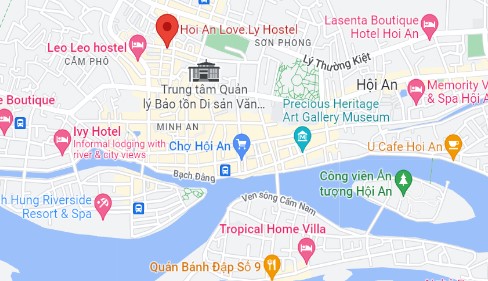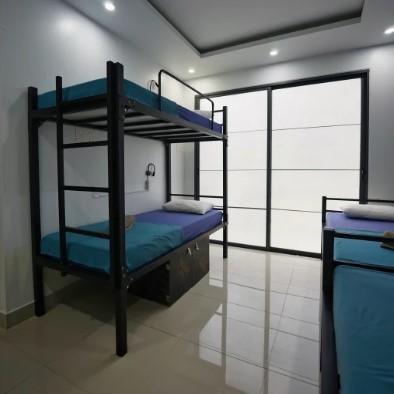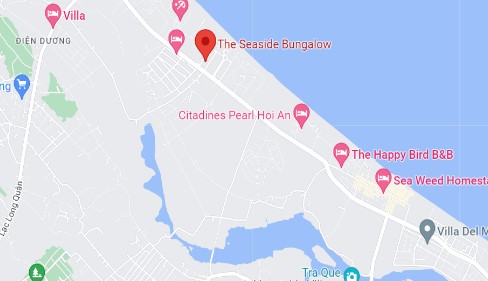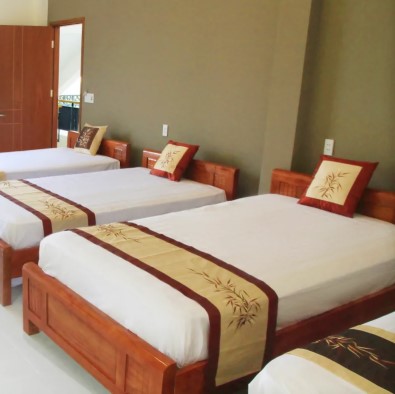
Caribbean island hopping always seemed like a romantic notion to me, I wanted to find out if it was as good as I expected. Having island hopped by ferry from St Lucia to Dominica to Guadeloupe, “romantic” may not be the best word to describe it, but it was certainly an experience I’d recommend.
Contents
Let’s start with some pros and cons:
Pros:
- More environmentally responsible than flying
- Generous baggage limits
- Often cheaper than flying
- Plenty of space on board
- On-board restaurant and bar
- Get to enjoy sea-level views of islands
- Can appreciate the distance between islands
Cons:
- Seasickness (taking tablets is recommended!)
- Hot and crowded waiting areas (particularly in Roseau, Dominica)
- Slower than flying
International island hopping

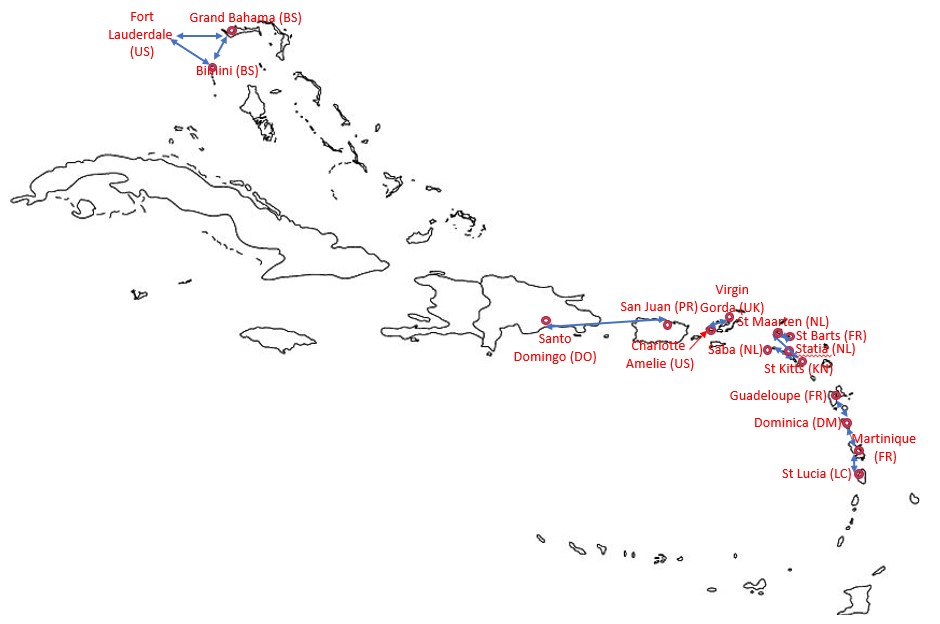
Lucayan Archipelago
USA > Bahamas
- Run by Baleària Caribbean, fares from $137
- Runs Wednesdays, Saturdays and most Thursdays
- Duration from USA (Fort Lauderdale):
- Bimini 2h (Bimini hotels >)
- Grand Bahama 5h15m (Grand Bahama hotels >)
Greater Antilles
Dominican Republic > Puerto Rico
- Run by Ferries Del Caribe, fares from $65 for shared Inside Stateroom, to £95 for Deluxe Ocean View
- Runs Mon, Thu, Sun from DR to PR and Mon, Wed, Fri from PR to DR
- Duration from Dominican Republic (Santo Domingo) (Dominican Republic hotels >):
- Puerto Rico (San Juan) 13h (Puerto Rico hotels >)
Windward and Leeward Islands
St Kitts > Saba > Statia > St Maarten
- Run by Makana Ferry, fares from $75
- Runs Mondays and Fridays
- Duration from St Kitts (hotels >) to:
- Saba 1h30m, 4h50m on Fri (Saba hotels >)
- Statia 1h10m (Statia hotels >)
- St Maarten 4h30m, 3h15m on Fri (St Maarten hotels >)
St Lucia > Martinique > Dominica > Guadeloupe
- Run by Les Express D’Isles, fares from €59
- Runs daily
- Duration from St Lucia (Castries) (St Lucia hotels >):
- Martinique (Fort De France) 1h30m (Martinique hotels >)
- Dominica (Roseau) 2h15m (Dominica hotels >)
- Guadeloupe (Pointe à Pitre) takes 7h30m (Guadeloupe hotels >)
- Duration from St Lucia (Castries) (St Lucia hotels >):
St Maarten > St Barts
- Run by Great Bay Express, fares from $70
- Runs three times daily, twice on Sundays
- Duration from St Maarten (Philipsburg) (St Maarten hotels >)
- St Barts (Gustavia) 45m (St Barts hotels >)
Virgin Gorda > St Thomas
- Run by Speedy’s, fares from $60
- Runs once a day on Saturdays
- Duration from Virgin Gorda (Virgin Gorda hotels >) to:
- Charlotte Amelie 1h3om (St Thomas hotels >)
Domestic island hopping
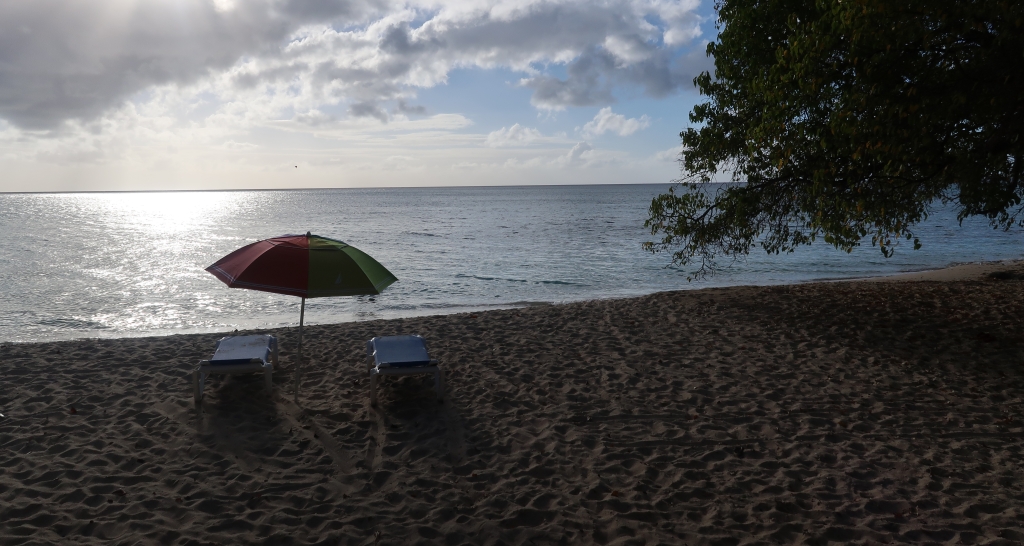
Grenadines
Grenada > Cariracou > Petite Martinique
- Run by Osprey Lines, fares from $8
- Runs twice daily Mon, Wed Thu between Grenada and Carriacou, and Mon-Fri Carriacou to Petite Martinique
- Duration from Grenada (hotels >) to Carriacou (hotels >): 2h
- Duration from Carriacou (hotels >) to Petite Martinique (hotels >): 30m
Lucayan Archipelago
Providenciales > North Caicos > South Caicos
- Run by Caribbean Cruisin’, fares from $45
- Runs daily, to South Caicos only in high season
- Duration from Providenciales (Providenciales hotels >):
- North Caicos 30m (North Caicos hotels >)
- South Caicos 1h30m (South Caicos hotels >)
Nassau > Spanish Wells > Harbour Island
- Run by Bahamas Ferries, fares from B$135
- Runs daily
- Duration from Nassau (Nassau hotels >):
- Spanish Wells 2h20m (Spanish Wells hotels >)
- Harbour Island 3h40m (Harbour Island hotels >)
Leeward Islands
Antigua > Barbuda
- Run by Barbuda Express, fares from $55
- Runs daily (Tue, Thu and Sat as return tours)
- Duration from Barbuda (hotels >):
- Antigua (St John’s) 1h30m (hotels >)
St Martin > St Barts
- Run by Compagnie Voyager, fares from €68
- Runs five times daily
- Duration from St Martin (Marigot) (St Martin hotels >):
- St Barts (St Barthelemy) 1h (St Barts hotels >)
St Thomas > St John
- Run by St. John Ferry Ticketing Company, fares from $9.15
- Runs 18 times daily
- Duration from Red Hook (St Thomas hotels >) to:
- Cruz Bay 20m (St John hotels >)
Virgin Gorda > Road Town (Tortola) > Beef Town (Beef Island)
- Run by Speedy’s, fares from $20
- Runs five times Monday to Saturday from VG to RT, six times daily from VG to BT
- Duration from Virgin Gorda (Virgin Gorda hotels >) to:
- Road Town 30m (Road Town hotels >)
- Beef Town 20m (Beef Island hotels >)
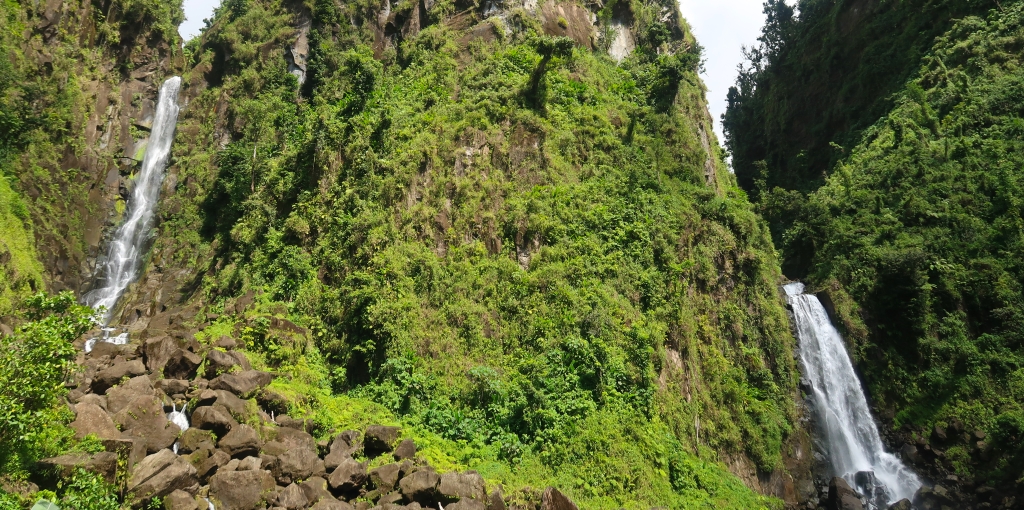
Some recommendations
Getting to the Caribbean
If you’re keen to to some Caribbean island hopping, when choosing an island to arrive into think about how well connected it is to other islands. Guadeloupe, for example, has low-cost flights from the USA (with jetBlue), Dominica only has one airline flying outside of the Caribbean (American Eagle to Miami). Barbados has a few low-cost airlines flying to it (jetBlue from the USA, WestJet from Canada, Norse Atlantic from the UK), but there are no ferries from the island.
When to go
As I mention in The Art of Independent Travel, I have many reasons for loving a shoulder season, which comes in May, June and December depending on where you are on the Caribbean. June to November is hurricane season for most of the Caribbean and so, although prices will be cheaper, these may be months you wish to avoid.
When to book
I always recommend booking in advance, particularly on international routes, if you have accommodation or flights you’ve paid for. Domestic ferries can usually be booked more last minute.
Where to stay
Generally the ports into which Caribbean ferries arrive in to are not places you would want to hang around in for long. Certainly Castries, Roseau and Pointe-à-Pitre were the least attractive places on my Caribbean island hopping adventure, but they were, at least, handy for connecting with buses.
Most countries
The route taking in the most countries is the one between St Lucia, Dominica and Martinique/Guadeloupe (France), or the one between St Kitts, St Maarten (Netherlands) and St Barts (France) – you could then also return to France’s St Martin (which is on the same island as St Maarten!)








